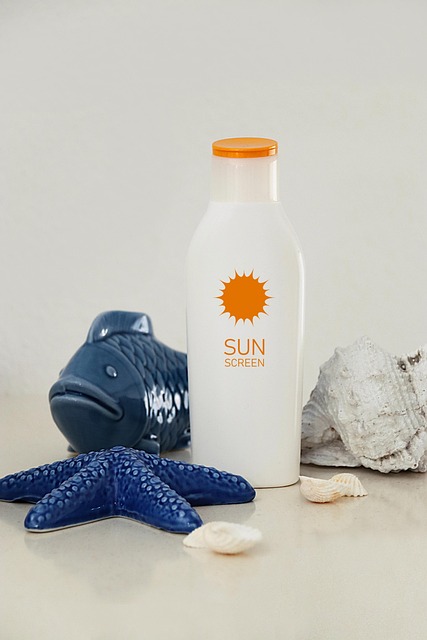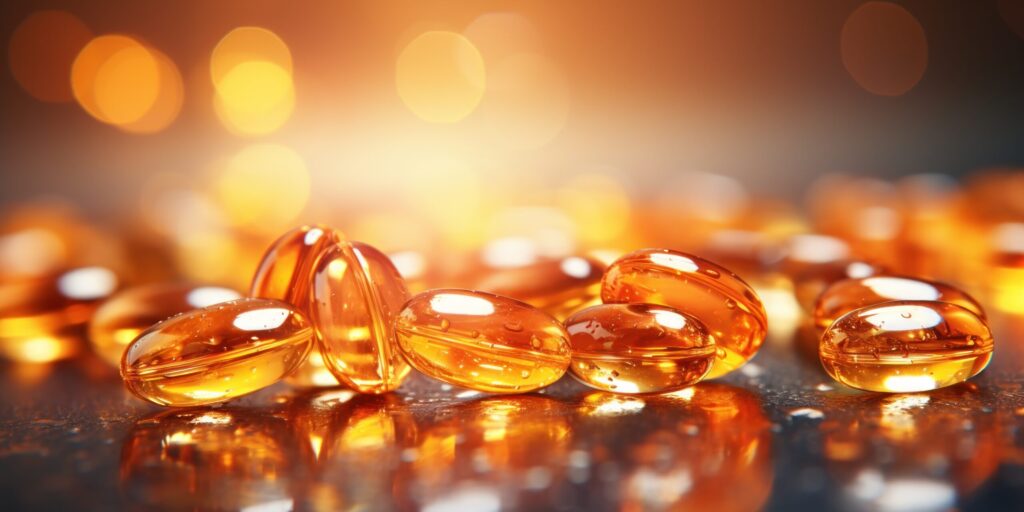5 Beauty Rituals to Calm Your Nervous System Naturally
In a world that rarely slows down, your nervous system is under constant pressure. Deadlines, screen time, emotional noise—they all pile up. And often, your skin feels it too. Tension shows up as breakouts, dullness, or a lack of radiance. But what if your beauty rituals could do more than nourish your skin? What if they could also bring your nervous system back to center? This isn’t about expensive products or elaborate routines. It’s about simple, intentional acts that connect body and mind. These five beauty rituals are rooted in natural ingredients and calming techniques—designed to soothe from the outside in, and the inside out. 1. Facial massage with natural oils Restore flow and reset your nervous system through gentle touch. There’s something deeply calming about your own hands on your skin. Facial massage isn’t just skincare—it’s self-soothing. Gentle pressure activates the parasympathetic nervous system (your body’s rest-and-digest mode), improving circulation and releasing built-up tension in your jaw, forehead, and temples. Reach for natural oils that suit your skin type and soothe your senses. Jojoba is great for balance. Rosehip boosts skin repair. Chamomile-infused oil calms both redness and mood. How to do it:Warm a few drops of oil between your palms, then gently glide your fingers along your cheeks, jawline, and forehead in upward motions. Use your knuckles for the temples and the sides of your neck. Even five minutes a day—especially at night—can help you sleep deeper and wake up more refreshed. 2. Aromatherapy skincare Let scent signal your body that it’s safe. The olfactory nerve (your sense of smell) has a direct line to your brain’s emotional center. That’s why certain scents can instantly make you feel more at peace. Integrating calming essential oils into your skincare routine allows your daily rituals to double as sensory therapy. Look for products with lavender (to calm), neroli (to ease anxiety), and sandalwood (to ground). Even a few deep breaths while applying a scented moisturizer or mist can trigger your body’s relaxation response. Ritual tip:At night, mist your face with a lavender hydrosol or apply a sandalwood-based facial oil while inhaling slowly. Let your skincare become an anchor—a pause, not a task. 3. Warm herbal baths with skin-loving botanicals Soak stress away with botanicals that nourish inside and out. Few things are as instantly comforting as a warm bath. But when you add herbs that support the nervous system and nurture the skin, it becomes a full-body therapy. Try chamomile for its gentle sedative properties, calendula for skin softness, and oat for anti-inflammatory comfort. You can steep the herbs like tea in hot water, then pour the infusion into your bath. Or tie the herbs in a muslin bag and let them steep directly in the tub. Optional layers:A handful of Epsom salts to relax muscles. A beeswax candle to soften the mood. A calming playlist. This is your permission to completely unplug and let water do what it does best—hold you. 4. Breath-focused beauty moments Pair your skincare with breathwork for deeper relaxation. We often rush through our skincare routines, thinking of them as one more task. But slowing down—especially with your breath—turns that moment into medicine. When you breathe deeply while applying products, your mind starts to sync with your body. And your nervous system listens. Try this:Inhale slowly as you smooth in your serum. Hold for a beat. Exhale as you pat in your moisturizer. Three to five rounds are enough to change your state from wired to grounded. Evening tip:Do this before bed with dim lights. Your brain will associate the rhythm with safety, which can ease insomnia and reduce nighttime anxiety. 5. Scalp and hair rituals with soothing scents Reclaim calm through your crown. The scalp is rich with nerve endings and connected to the vagus nerve—a key player in regulating stress and relaxation. A slow, rhythmic scalp massage can release pent-up tension while improving blood flow and even enhancing hair health. Use warm oils like vetiver, rosemary, or jasmine to calm your senses while nourishing the scalp. Apply with your fingertips, using circular motions from your hairline to the crown. Sleep ritual:Braid your hair loosely after applying oil and place a towel over your pillow. You’ll wake up with softer hair—and a nervous system that got a little extra love while you slept. Your Evening Ritual, Reimagined Your beauty routine doesn’t have to be another task on your list. It can be your reset. A gentle reminder that your body is worth slowing down for. These five rituals invite you to come back to yourself—through touch, scent, warmth, and breath. Start with one. Keep it simple. Let it become part of your rhythm. Not because you need perfect skin or the right routine, but because calm is something you can create—one mindful moment at a time.










